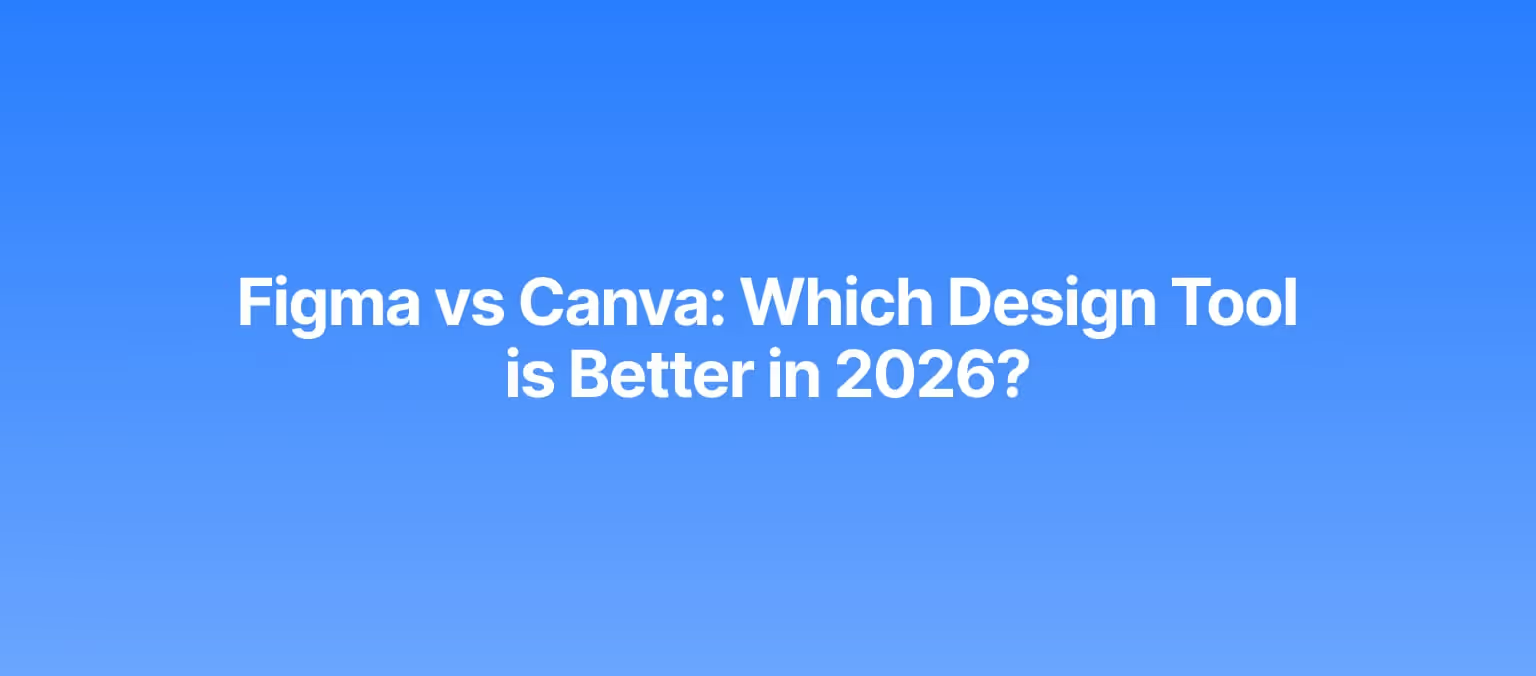Despite the shifting tides of sales tactics and buyer habits, outbound remains the most reliable way for B2B companies to grow in 2025.
However, with new automation tools on the rise, complex technical setup requirements, and growing buyer expectations for highly personalized engagement, this becomes a very challenging task for most businesses.
At first glance, it seems they are left with two bad choices — focus on precise targeting and manual outreach that never scales, or send out high-volume, generic emails that will likely end up in spam, damaging their reputation in the process.
Instead, the only path forward is to create a scalable outbound system that combines the efficiency of automation with the authenticity of actual humans.
In this article, we'll explore how to build an outbound engine that turns scattered tasks into a reliable pipeline that makes the whole sales process run like clockwork.
What is a scalable outbound system?
To emphasize this right away, a scalable outbound system isn’t about simply using software to blast more cold emails or target as many prospects as possible. While doing so may slightly boost engagement, it rarely translates into an actual pipeline of potential buyers.
What you’re building is a repeatable engine, one that moves prospects through every stage of the sales journey, from prospecting and outreach to booked meetings, on autopilot.
The key is to combine the powers of outbound sales automation with the irreplaceable skills of your team, who, at the end of the day, remain at the core of your system.
To put this in perspective, picture this: AI researches targeted prospects and sets trigger alerts to identify buying signals, while human reps swiftly leverage that data to reach out at the most optimal time with the most relevant message.
Such workflows create the structure for consistent results and predictable growth, both crucial for growing companies looking to scale.
How do companies scale outreach with AI?
Leveraging AI for sales has completely removed the guesswork from outbound outreach, instead focusing it on data-driven precision, and that goes for both the context and the timing of communications.
If you’re looking to effectively scale your outreach with AI, it’s important to focus on the four main pillars: targeting, personalization, workflow automation, and deliverability.
1. Precision targeting & segmentation
Everything starts with a sharp, crystal-clear ICP. AI doesn’t just learn about your product and target audience, it analyzes all your past won deals to score new prospects against those same patterns, helping reps prioritize their time on accounts most likely to close a deal.
2. Personalization at scale
Targeting is only half the battle. Scalable outbound tools with AI personalization will enrich those accounts with additional data and intent signals like funding rounds or job changes, so every email, follow-up, and LinkedIn message is personalized with relevant connection points, driving far better engagement.
3. Automation & efficiency
AI handles the entire system orchestration in the background, including sequencing logic, inbox management, and even task routing. Teams could set up custom automated chains of events like “If a prospect opens an email 3 times, create a task for an SDR to reach out on LinkedIn”. The grunt work is entirely automated, while reps focus on actual conversations.
4. Managing volume & deliverability
Scalable email outreach only works if your emails actually reach their designated inbox, so teams need to effectively manage their sending volume and take great care of their deliverability. AI tools warm up email accounts, rotate inboxes, and flag potential spam risks early, while ongoing monitoring keeps the sender reputation healthy at all times.
So, how do companies scale outreach with AI? The art, and the science, is structured balance: enough automation to scale effectively, enough personalization to make every interaction feel authentic, and enough structure to make results repeatable.
Why is AI personalization crucial for scalable email outreach?
Email has always been the backbone of outbound, and it’s gonna stay that way for quite some time, even with new channels gaining popularity.
At the same time, true one-to-one personalization is brutal on resources — researching accounts, pulling signals, writing messages, and so on.
Luckily, scalable outbound tools with AI personalization have completely removed this issue.
These tools pull context from firmographics, job postings, tech stacks, funding rounds, hiring activity, and even LinkedIn profiles, and then use that data to craft messages that show you’ve actually done your research.
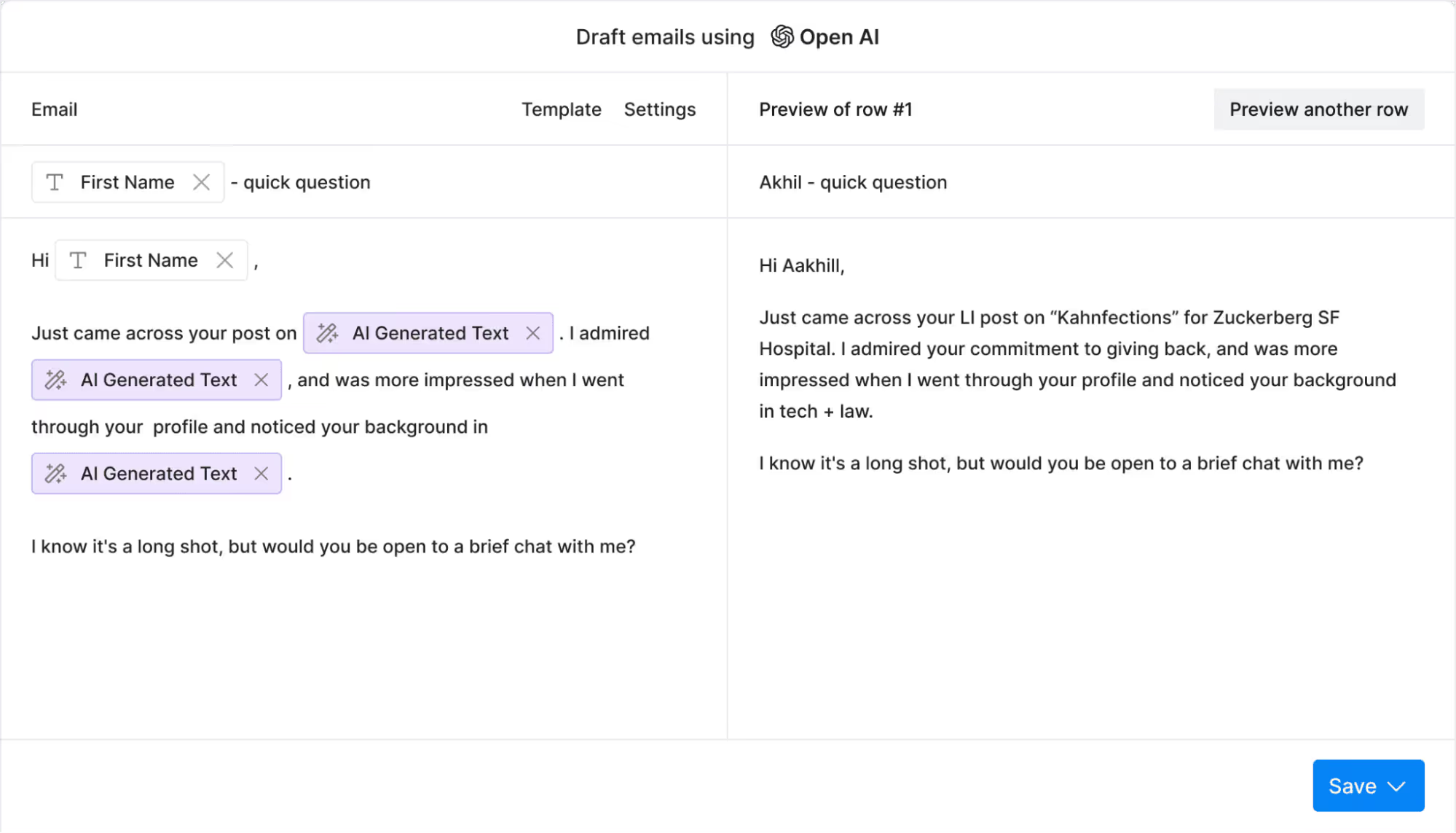
The main benefits of AI personalization are straightforward:
- Higher engagement → when emails feel relevant and tailored, prospects are more likely to engage, leading to warmer conversations and higher conversions.
- Efficiency at scale → AI takes over the “research layer,” freeing tons of hours for SDRs to build authentic relationships with buyers.
- Consistency → every sequence follows the same “pain → proof → outcome” structure while keeping each message on-brand at all times.
The bottom line is that personalization isn’t optional anymore, and while it’s been around as a concept for a while now, AI gives teams the ability to do it at scale with minimum effort.
What AI prospecting tools help build an outbound pipeline?
While scalable email outreach is crucial for outbound success, prospecting is no less important, as it determines who you’ll be reaching out to in the first place.
There are many great AI prospecting tools to scale an outbound pipeline and make sure that all of your data is accurate, enriched, and linked to real buying signals before you send out a single email or message.
These tools can be broken down into the following main categories:
- Lead discovery: Databases like Apollo, Cognism, or even LinkedIn Sales Navigator help build ICP-targeted prospect lists that are then added to your CRM for enrichment or straight into your outreach tool.
- Data enrichment & validation: Tools like Clay and ZoomInfo clean up raw prospect lists by enriching each customer profile and verifying emails. Skip this, and your bounce rate spikes (anything over 3% usually means low-quality data). In fact, better enrichment also lowers acquisition costs in the long run.
- Signal & intent detection: Platforms like 6sense, Bombora, and even G2 can tell you which accounts are actively looking into your category. These leads turn into customers faster because they have already shown explicit interest.
- Trigger monitoring: Tools like Crunchbase and Clay will look for your custom trigger events, whether it’s new funding, exec hires, or product launches, and alert you the moment they come up, giving you the ideal timing and context for outreach.
The real power comes when these tools work together. For example, you could use Bombora to spot interested accounts, then use Clay to enrich their decision-makers’ profiles, and finally feed all that data into lemlist to launch outreach.
That’s why the last piece of the puzzle is integration, to ensure you don’t end up with broken data silos. Connected right, they create an outbound pipeline that pulls data from different sources into a seamless flow — enriched, timed, and ready to power outreach.
How to build a scalable outbound system in 2025 (ColdIQ edition)
It’s now time to put theory into practice. Below is a step-by-step framework to build a scalable outbound system that delivers quality leads, stronger engagement, and more closed deals.
Step 1: Define and sharpen your ICP
Your Ideal Customer Profile (ICP) is the engine room of the entire outbound system. If it’s vague, the rest of your system falls apart.
Too many companies try to cast a wide net in their prospecting efforts, for instance, setting their targeting to “anyone in SaaS” — just to end up burning time, money, and domains on poor-fit prospects.
The fix is to build a precise, narrow ICP that both sales and marketing teams agree on. Start by defining your “must-have” attributes (industry, company size, tech stack, geography) as well as strict “no-go” filters (e.g., wrong region, too small, incompatible tech infrastructure).
Next, break down the ICP into so-called role clusters: decision-makers who control the budget, technical validators who check feasibility (usually team leads), and end users who will be the ones using the tool day to day. Each cluster will require different messaging and value props later.
Pro tip: Revisit your ICP quarterly using closed-won/lost analysis. Markets shift fast, and your outbound needs to reflect reality, not a six-month-old board slide.
Step 2: Craft a clear value proposition
Knowing who to target is crucial, but knowing what to say is just as important, and this is where most teams slip up. Generic lines like “We help SaaS companies be more efficient” get ignored, as they should.
Your value prop has to lock onto personal, unique pain points, so make sure to create one for each segment. You can use this simple and battle-tested formula as the foundation of your value proposition:
“We help [ICP] fix [specific pain] so they can [quantified outcome] in [timeframe].”
And here’s how it would look in practice: “We help enterprise fintech teams cut payment reconciliation time by 40% in the first three months — without adding headcount.”
Why it matters:
- Relevance: Specific, quantified outcomes land much better than vague promises.
- Scalability: Once you’ve built value props per segment, they cleanly merge into and enhance AI-powered personalization at scale.
Get this part right and every downstream step, from personalization to sequencing, becomes far more effective.
Step 3: Build high-quality, trigger-based prospect lists
With your ICP and value props in place, the next move is finding the right accounts at the right time. Static CSV exports won’t get you far, so this is where we have to leverage AI prospecting tools to scale outbound pipelines effectively.
Truly effective B2B prospect lists combine firmographics (industry, size, budget) and technographics (tech stack), along with live custom triggers that actually signal potential buying intent, be it funding rounds, exec hires, expansions, or adoption of adjacent tools.
One of the best ways to do this in practice is with Clay, which turns raw data into enriched, ready-to-use lists in minutes. Here’s how teams typically use it to build outbound prospecting lists at scale:
1. Set filters to find leads → pick your preferred data sources (Clay's providers, CRM imports, or CSVs) and apply filters like "Production Companies; in NYC; with more than 100 employees" to find companies that fit your ICP:

2. Enrich and validate → run enrichment "waterfalls" to fill in any missing information, such as email addresses, job titles, LinkedIn URLs, and so on. Clay also validates all emails and deletes unverified contacts to keep bounce rates and deliverability safe.
3. Layer in live signals → set up triggers that matter to your sales motion most, e.g., job changes for decision-makers and new funding rounds for target companies. Clay continuously monitors these signals to make sure your lists (and integrated tools) stay up to date at all times:
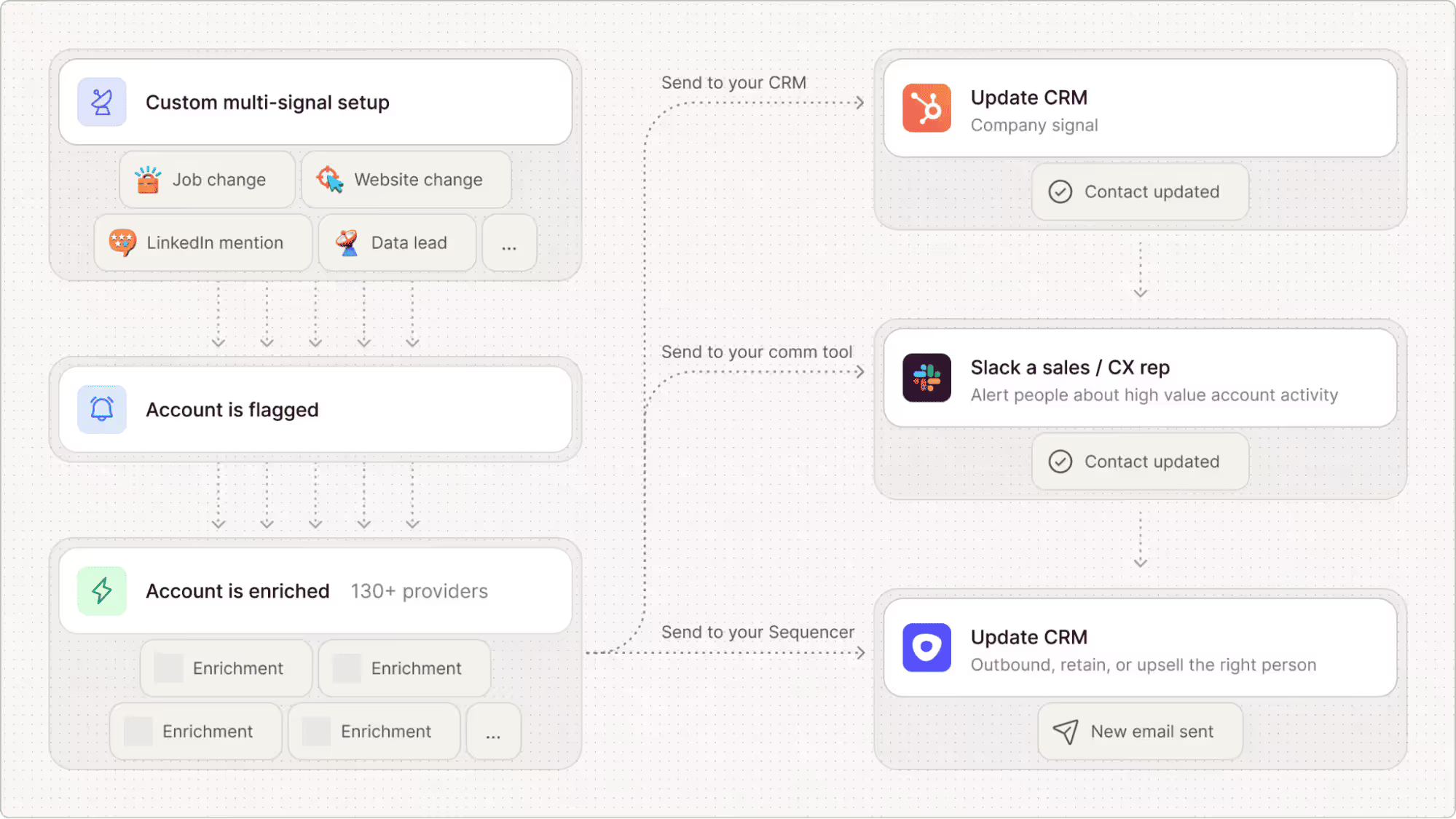
4. Apply scoring and logic → use Clay’s formulas feature to create lead scoring criteria, or combine signals into custom conditions like: “If funded in last 6 months AND headcount >100 → high priority → send account details to SDR on Slack.”
5. Export into your sales stack → once all contacts are enriched and scored, simple transfer your ready prospect lists to your CRM or outreach tool using integrations or CSV exports.
What used to take SDRs hours of manual research now becomes a fully automated workflow that feeds your outbound engine with top-quality lists.
Clay University has a great walkthrough of this exact process — from sourcing companies to enriching, verifying, and exporting decision-makers:
Step 4: Nail technical setup & deliverability
Outbound lives or dies on deliverability. You can have the best messaging and the most precise ICP segments, but if those emails don’t hit the inbox in the first place, nothing moves forward.
The foundation is solid email infrastructure containing:
- Authentication → this is simply non-negotiable. Without these, email providers’ filters are far more likely to flag you as spam or spoofing:
- SPF tells email providers which servers can send emails for your domain
- DKIM adds a cryptographic signature to prove messages weren’t tampered with during transit
- DMARC sets policies for how mail servers should handle anything suspicious.
- Domains → Every domain has to be warmed up before real campaigns go live. This means starting with 20–30 emails per day and gradually ramping up volume over 2–4 weeks. Warmup tools like Mailreach and Lemwarm simulate natural inbox activity by sending and replying to small batches of test emails, which builds a healthy sender reputation.
- Rotation → another neat trick is to register multiple email address lookalikes (e.g., getcompany.com, trycompany.com) to spread the volume and potential risk across inboxes.
While this may seem complicated at first, most leading outreach tools like lemlist and Instantly will manage the entire deliverability setup and maintenance automatically.
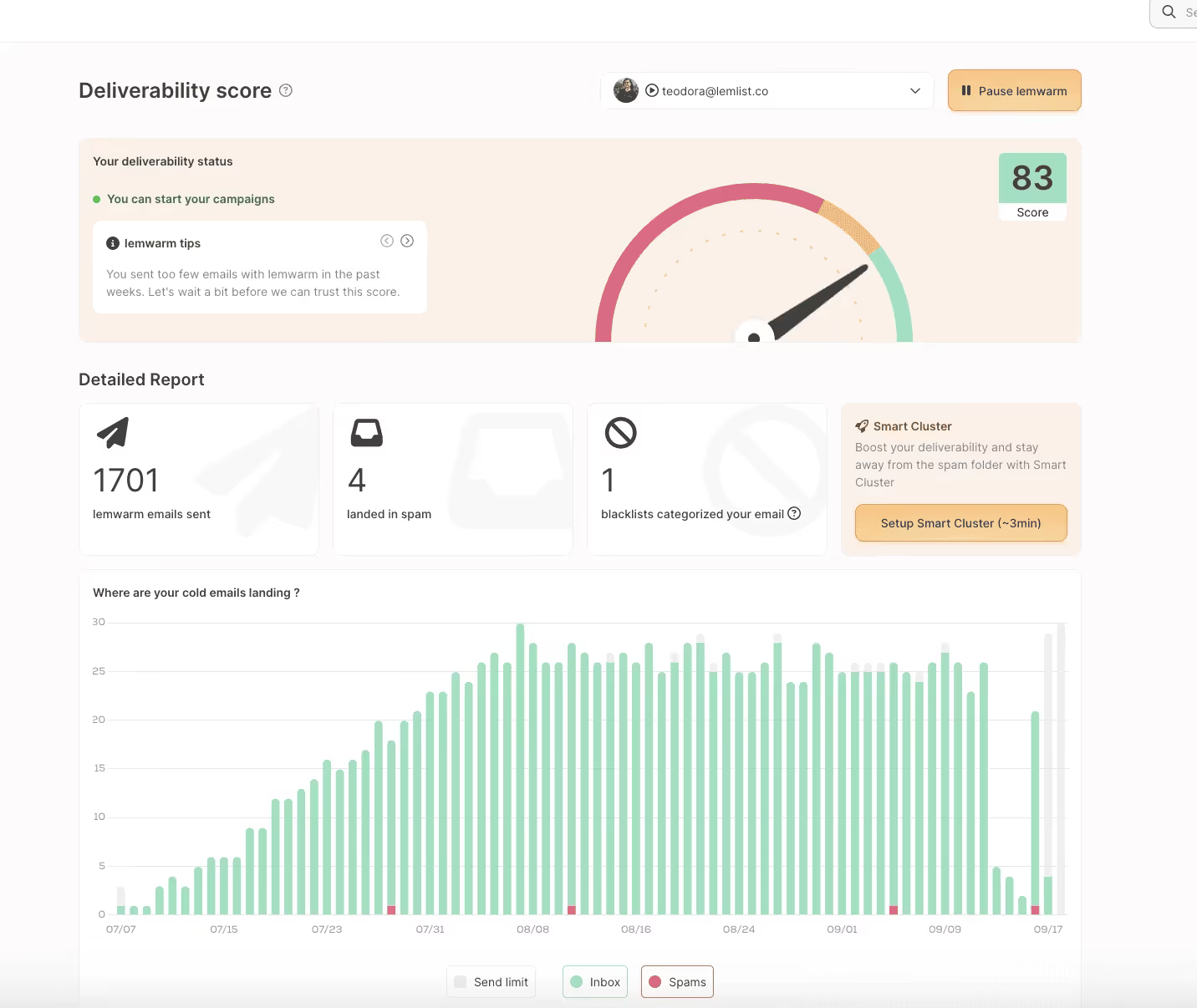
Most teams don’t put too much effort into this step, but if your emails can’t land in the inbox, your company can’t scale. And what’s worse — once you’ve hit a spam trigger or got blacklisted, it’s incredibly hard to recover your sender reputation.
Step 5: Build outreach sequences
Email is still king in outbound, but an increasing number of B2B companies launch multi-channel outreach to better connect with buyers and decision-makers, who often don’t live in one channel (or perhaps even prefer LinkedIn).
AI makes this orchestration very simple. Instead of guessing cadence, teams can auto-space different touches over two to three weeks, adjust timing based on engagement, and tailor which channels get used for which persona.
For instance, a CFO might get an email first, while a VP of Sales will see a LinkedIn touch before the inbox follow-up.
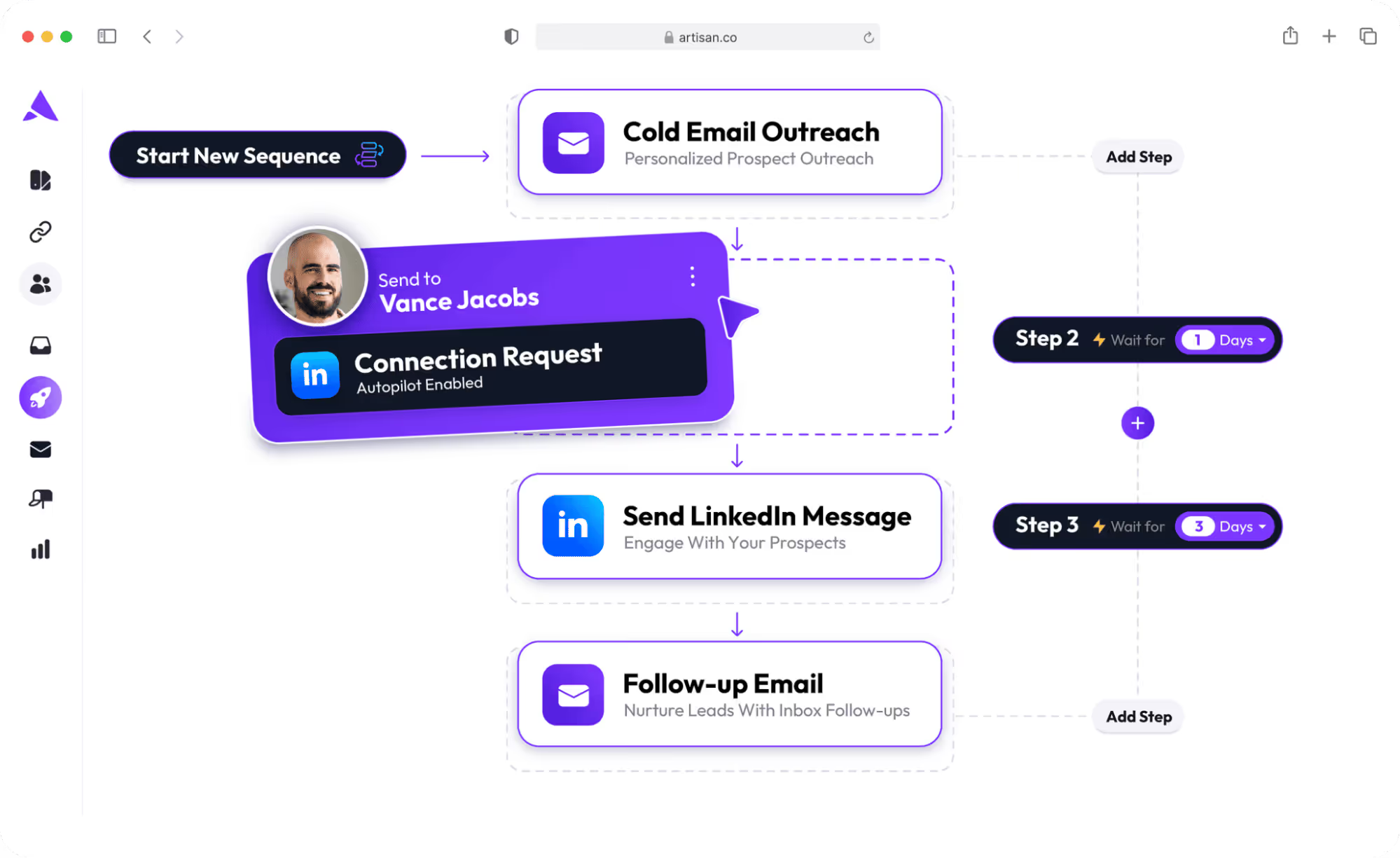
The goal isn’t to flood someone’s feed or inbox. It’s to engineer a natural-feeling flow that builds familiarity without tripping spam filters, and this is how companies scale outreach with AI.
Here are the top recommended tools to build and run effective outreach sequences:
- Instantly → prime solution for teams with email as the core channel, with a strong emphasis on deliverability. Setup is very simple: connect your domains, upload your prospect list, and Instantly will automatically manage outreach campaigns.
- Expandi → designed for teams running highly targeted campaigns on LinkedIn. Simply connect your profile, build a sequence (e.g., Day 1: connection request → Day 3: follow-up → Day 4: message), and Expandi automates these touches at scale.
- lemlist → best for multichannel outreach, letting you design custom flows that mix email, LinkedIn, and calls with conditional triggers (e.g., Day 1: LinkedIn connection request, Day 3: “If accepted — send LinkedIn message”; If not accepted — send cold email”).
- Artisan → an AI SDR that covers roughly 90% of the entire outbound process by researching prospects, drafting hyper-personalized openers based on researched data, and creating tailored sequences for each lead.
Each tool ultimately solves the same problem — scaling outreach while keeping each interaction highly personalized, but they work through different approaches. Pick the one most relevant to your target audience’s channel mix, then plug it into the system you’re building.

Step 6: Personalize at scale with AI
Even the best sequence falls flat if it reads and feels generic. We’ve already covered why AI personalization is crucial in modern workflows, now let’s take a look at how it works in practice.
Scalable outbound tools with AI personalization feed off the enriched data and signals from earlier steps to draft context-aware subject lines, openers, value props, and CTAs — something no static template could ever provide.
This is where platforms like Twain come in, built for research-based personalization at scale. It doesn’t just surface signals, it turns them into ready-to-use copy you can drop straight into your outreach, and the way it works is extremely simple:
- Once you enter your company’s ICP, buyer segments, and value prop, Twain begins scanning multiple sources like LinkedIn, Crunchbase, company blogs, and hiring boards to gather live and verified insights in a matter of seconds.
- Those insights then get transformed into tailored openers and snippets with AI (e.g., “Congrats on the new funding round! Teams at this stage usually…”) that slot directly into your custom templates.
- After reviewing, you then simply export them into your outreach tool, and now every message is personalized with live and verified data, fully ready for outreach, and much more likely to spark a response.
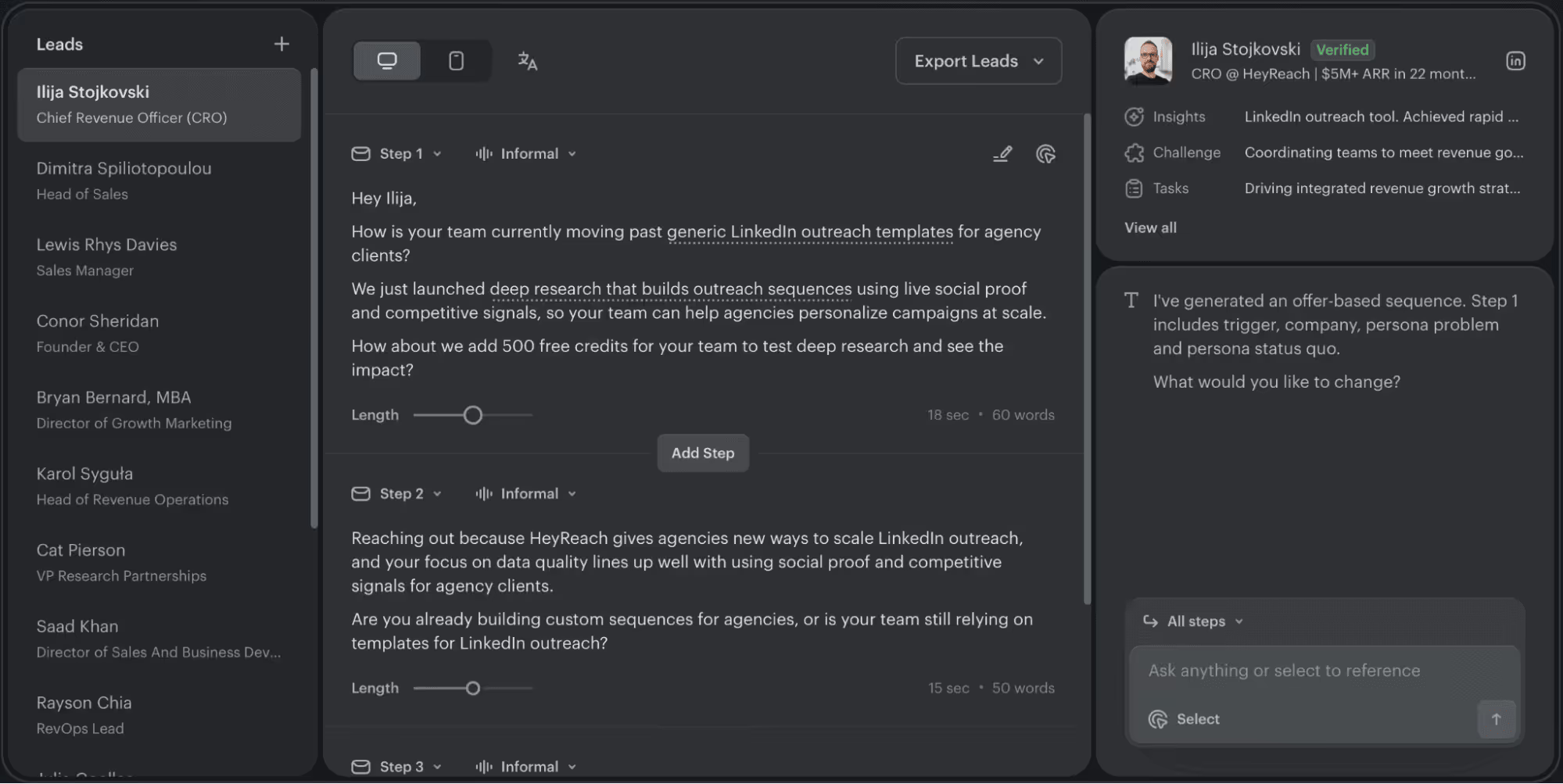
Many teams also run tiered outreach to separate what needs AI personalization and what doesn’t:
- Tier 1 (execs): fully manual, nothing beats a hand-written note.
- Tier 2 (managers): AI-assisted, then human-edited.
- Tier 3 (end users): fully AI-generated snippets, lighter touch.
This way, the research and trigger-matching is automated, but each message still hits the desired quality and personalization bar depending on who you’re reaching out to.
Step 7: Automate workflows, not relationships
The biggest efficiency gains in outbound don’t come from writing faster emails; they come from automating everything else around the conversation. When done right, workflows keep your reps selling and making real connections instead of wasting time on admin work.
Here’s a simplified breakdown of how it works:
- Trigger action → a prospect opens an email multiple times or downloads a pain-point-related whitepaper.
- Automation layer → tools like Clay enrich the prospect's record, update your CRM, and push a Slack alert to a sales rep.
- Human step → the SDR jumps in with a LinkedIn touch or a short, relevant email tying to the initial trigger, for instance sending over another relevant piece of content.
The golden rule is to fully automate data, not dialogue. Let sales cadence tools handle things like enrichment, lead scoring, initial outreach, and follow-up nudges. But for replies, thank-yous, and nurturing, keep the human touch.
When workflows run in the background, qualified leads consistently hit the CRM enriched, prioritized, and flagged, while the handoff to sales feels seamless.
Step 8: Monitor results and optimize based on data
Your new outbound system won’t be perfect right from the get-go, so monitoring its performance and figuring out what’s working and what isn’t is imperative, especially in the early stages.
The best teams treat outbound as a system of benchmarks and diagnostics, focusing on the most important metrics to their sales efforts. This ongoing monitoring allows teams to double down on what’s performing well, and proactively fine-tune their system in real time without having to wait for monthly meetings.

For instance, if open rates are not where they should be, perhaps the issue could be deliverability (SPF/DKIM, domain health) or poor subject lines. If reply rates fall short, your ICP or value proposition is probably off.
The strongest SDR teams hold weekly sequence reviews to cut underperformers, run monthly funnel checks to validate conversions at each stage, and refresh their ICP and messaging quarterly based on previous won/lost data.
Without constant feedback loops, even the best-built outbound system starts to decay within months.
Step 9: Plan for post-meeting nurture
Most outbound playbooks stop once a meeting is booked, but that’s often when deals stall.
People get caught up with work, priorities change, and the momentum you worked for just dies if you don’t have a post-meeting action plan.
Here’s what a solid follow-up sequence may look like:
- Day 0: quick thank-you, recap of takeaways, clear next steps.
- Day 3: send a useful resource — article, product sheet, something relevant.
- Day 7: case study or ROI calculator to hammer down the value.
- Day 14: light check-in or nudge.
In any case, outbound doesn’t stop at the calendar invite. When it comes to no-shows, it’s always best to trigger a new sequence instead of treating the lead as lost.
Automation can handle the admin — update CRM with meeting notes, drop call recordings in, remind reps to follow up, even surface content tied to each prospect’s’ stage, but the actual nurturing touchpoints stay human.
Step 10: Consider outsourced or hybrid models
Not every company has the time, budget, or appetite to build a full outbound engine in-house from the ground up. For SMBs and mid-market teams especially, outsourcing can shortcut the grind, speed up the process, and save costs on hiring, training, testing, software, etc.
Outsourced sales teams show up with trained reps, warmed domains, and battle-tested playbooks — something that would otherwise take months to build, saving teams money and avoiding those inevitable rookie mistakes.
A middle ground works too. Plenty of teams keep strategy, messaging, and Tier 1 accounts in-house, while outsourcing execution or Tier 2/3 prospecting. You still own the top relationships, but free up bandwidth to scale.
How ColdIQ helps build and manage scalable outbound systems
Building and maintaining a high-performing outbound system is one of the most challenging things growth teams face in 2025. Too many tools to choose from, too much setup required, and too many moving parts that all have to be interconnected.
That’s precisely why a lot of SaaS and mid-market companies hand the heavy lifting to ColdIQ.
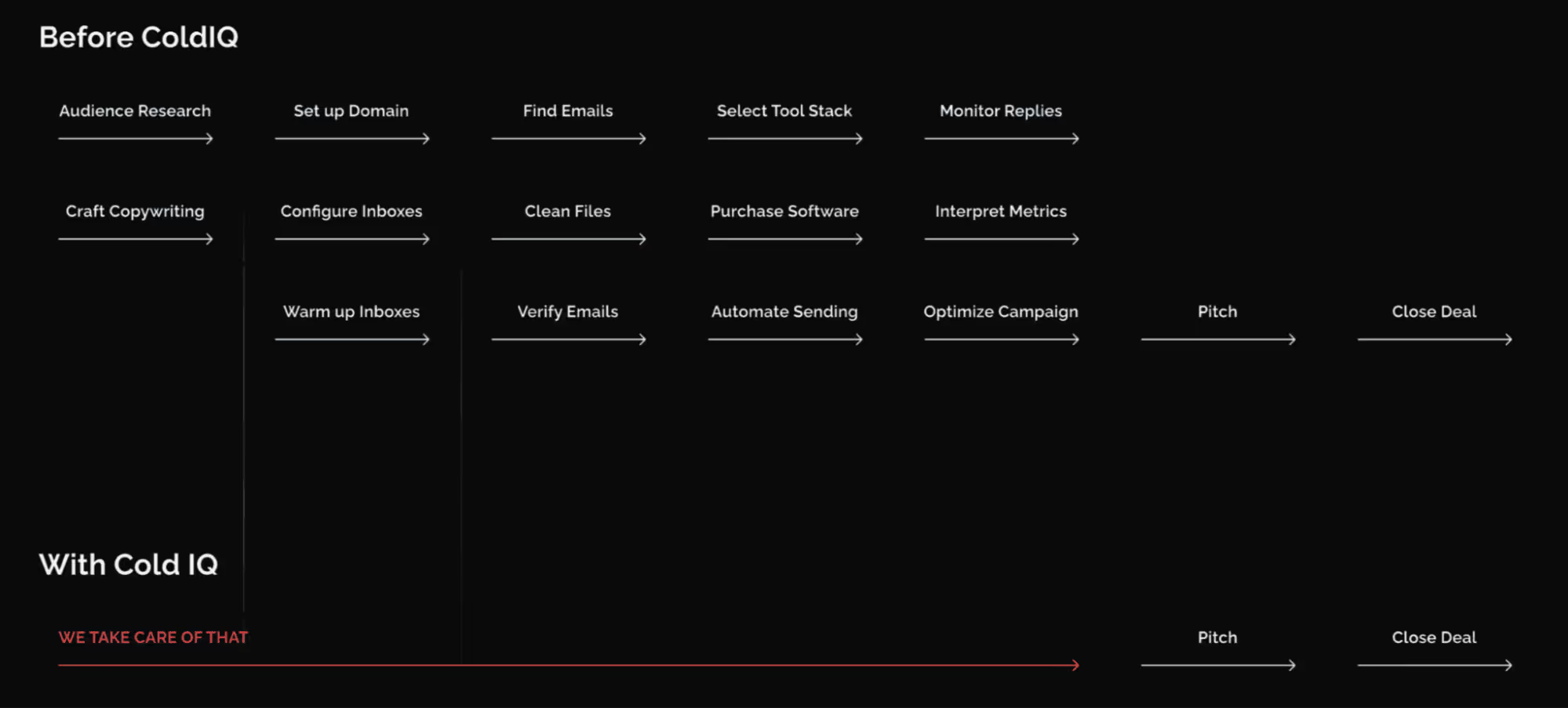
ColdIQ handles the complete outbound system, so clients can focus on closing deals instead of juggling domains, sequences, data pipelines, and deliverability:
- Targeting & lead generation → we map ICPs, enrich data, and set up custom trigger alerts to build warm and targeted prospect lists ready for engagement.
- Technical setup & automation → we manage the entire email infrastructure (multiple warmed domains, sender reputation safeguards, and mailbox rotation), so outreach lands in the inbox, not spam.
- Messaging & execution → we craft deeply personalized outreach sequences powered by AI but always reviewed by human experts for nuance and brand voice.
- Campaign optimization → from live monitoring to adjustments of copy, timing, and channel mix, we keep campaigns agile and effective at all times.
If your team is struggling to build a scalable outbound system that balances automation with human touch, ColdIQ gives you a proven path to consistent, qualified leads and predictable revenue.
Build a powerful outbound system and scale your outreach
Outbound in 2025 isn’t about sending more emails or running random LinkedIn plays. It’s about building a real system — one that ties targeting, messaging, personalization, and automation together, so the pipeline keeps moving on autopilot, without duct-taping tasks week to week.
If you’ve been treating sales as a pile of separate activities, now’s the time to stitch it into a cohesive machine.
And if you’d rather skip the hassle of infrastructure, prospect research, trigger alerts, software integrations, and so on, ColdIQ can run the engine for you, so your team stays focused on what matters most — building relationships and closing deals.



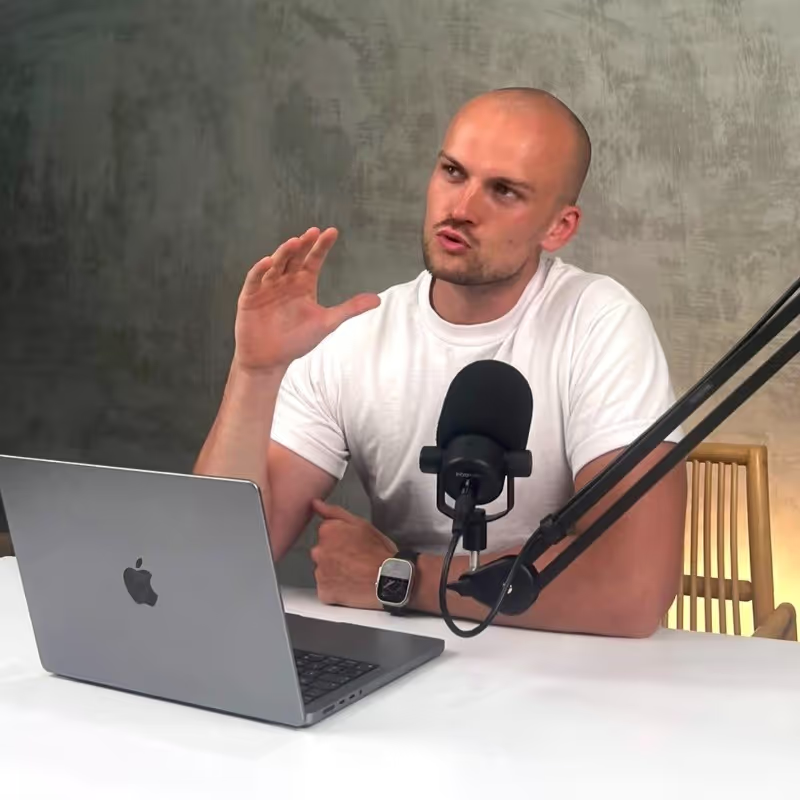
.avif)
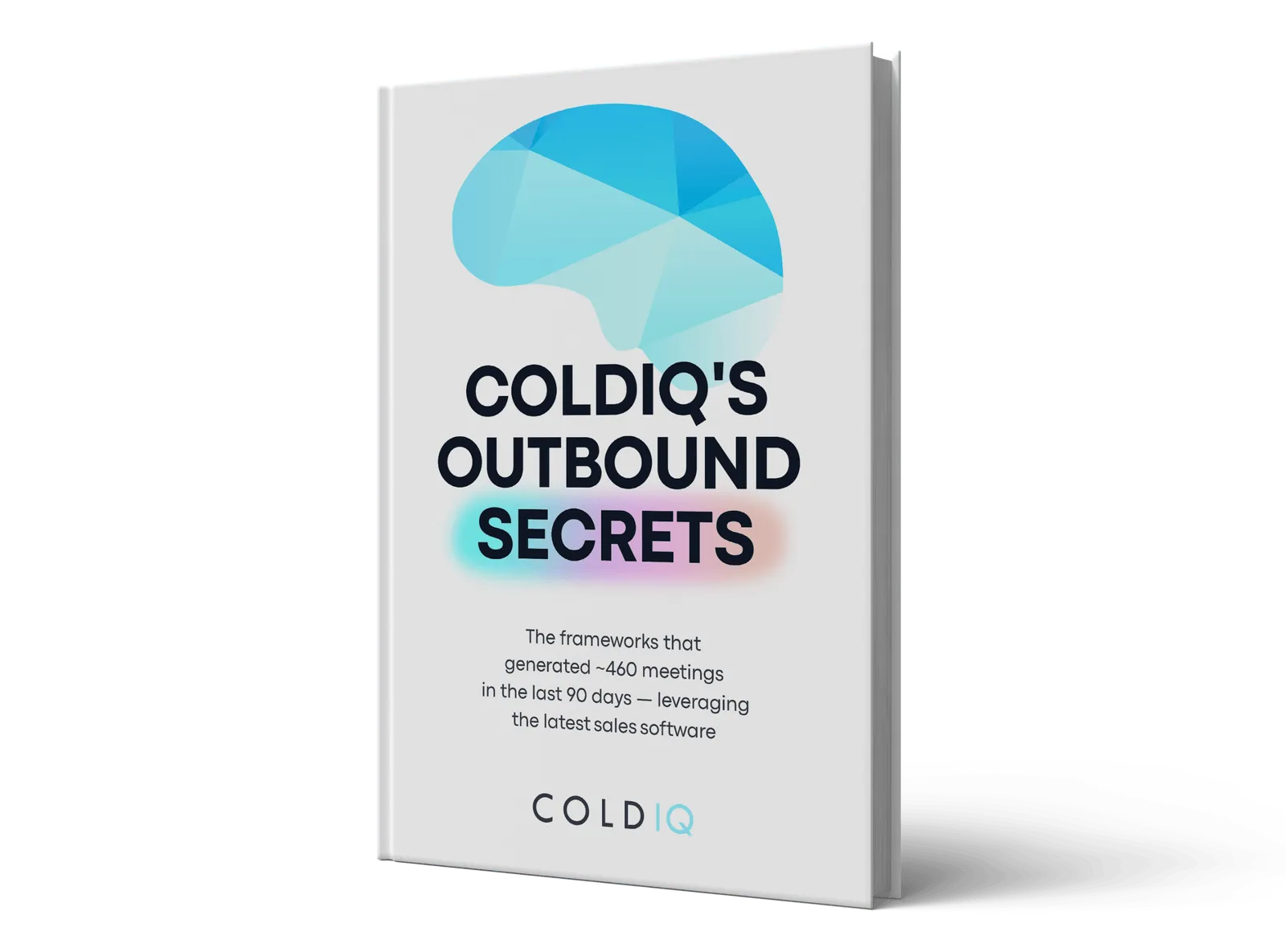
.svg)
.avif)
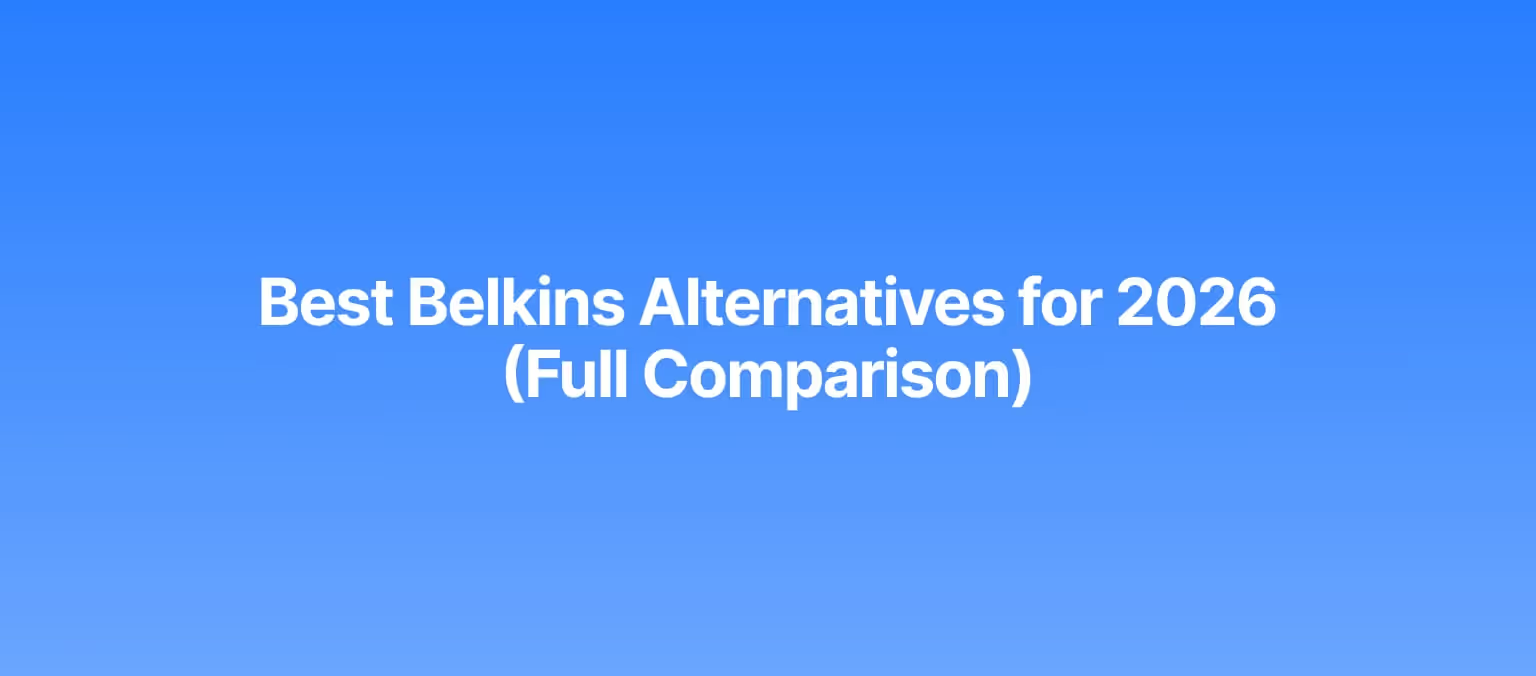


.avif)
